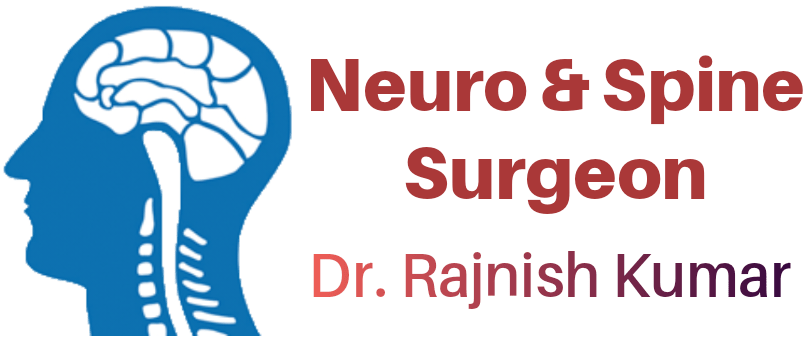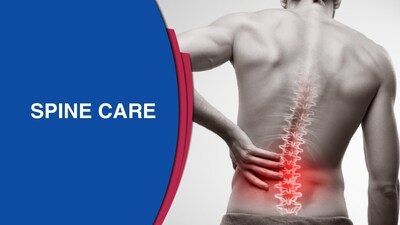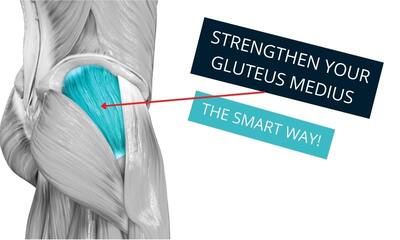The most common question that comes to our mind, when we are offered a Spine procedure is, what happens after spine surgery?
Can I perform activities of daily living? If so, then when?
Can I get back to Active life style including sports activities after spine surgery?
Here, in this article, we try to put answers to the most common questions pertaining to lifestyle after spine surgery.
What are my limitations after minimally invasive spine surgery?
The days and weeks after surgery can be some of the most crucial to your recovery. That’s why we ask you to slow down and take it easy, stay hydrated by drinking plenty of water, and take all medications as directed.
It’s important to limit activity
(bending, lifting, twisting) that applies added weight to the spine.
We also ask that you follow these recovery guidelines:
. Wear your brace for the time recommended by your surgeon for your surgery type.
. Bend from your hips if you’ve had a lumbar procedure. DO NOT bend from your spine.
DO NOT reach overhead if you’ve had a cervical procedure.
Ask for assistance.
Whether your job involves light desk duty, or is more physical in nature, Dr Joshis Neuro Spine Clinic sets realistic return to work and daily activity expectations. We base this on outcomes from patients with similar types of work roles.
How long should we take leave from office ?
Depending on your job description and individual recovery, we recommend you take at least two weeks off work after your surgery. Some patients may need 6 to 12 weeks.
88 percent of patients return to daily activities within a month
81 percent of patients return to work with three months
What are travelling or driving instructions after spine surgery?
Most patients can drive as a copassenger within 48 hours after surgery. Patients undergoing a minimally invasive stabilization procedure may not drive for up to two weeks after surgery. Patients must not drive while taking pain medications or muscle relaxers. If riding long distances, we ask that you stop every hour to stretch and walk.
What are the lifting/physical activity restrictions?
We recommend lifting no more than 5-7 kgs for at least four weeks after surgery. And because each patient heals at his or her own rate, we recommend a gradual return to normal activities to allow maximum healing. You can also gradually increase your activity level after two weeks based on how you feel, continuing this gradual progress for four to six weeks after surgery. If you’ve had a fusion procedure, it may be six weeks or more. And we ask that during this time of recovery, you avoid any prolonged postures and vary your activities and positions.
Will I need physiotherapy after spine surgery?
Because everyone heals at a unique pace, some patients may require physical therapy to help them recover after surgery. We are committed to helping you during this part of your journey. If you feel you need physical therapy, please call the Dr Joshi s neuro spine clinic and request a prescription for physical therapy.
Schedule an appointment with your Dr. Rajnish Kumar Neuro Spine Surgeon in Chandigarh or your primary care provider to have your incision checked two weeks after your surgery.
To make sure you stay the course, we’ll be checking in with you 2, 6 and 12 weeks after surgery to see how you’re feeling and help guide you a successful recovery. Should you need assistance during your recovery, we encourage you to call and speak with us. We’re here to provide answers.


